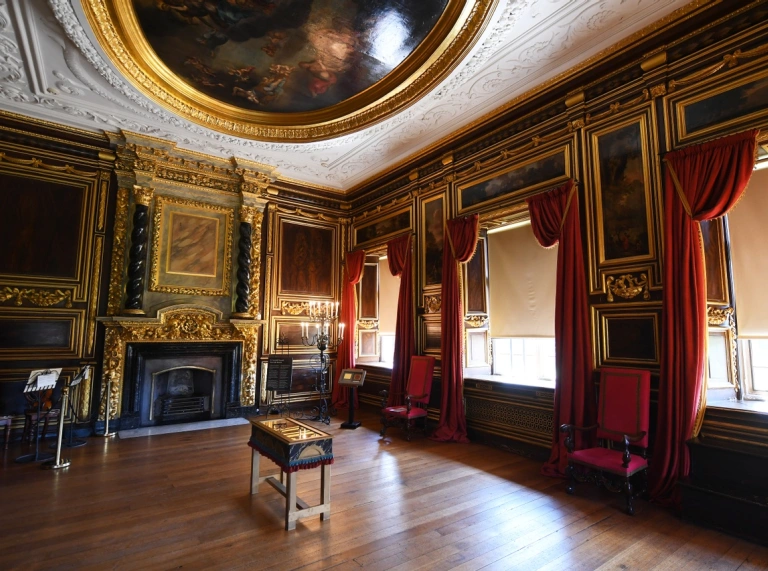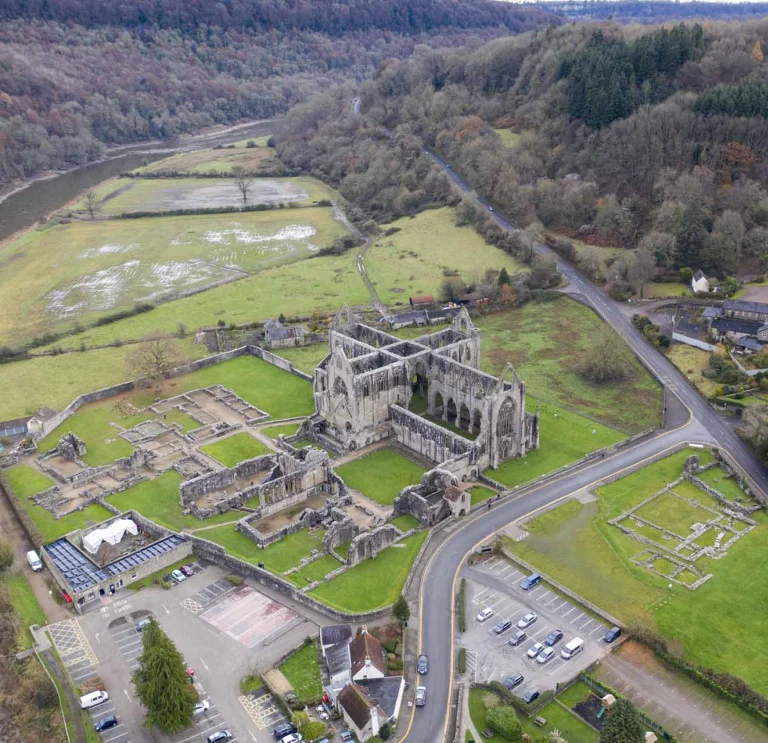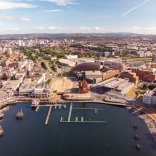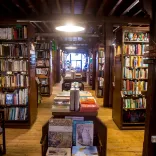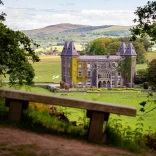South East Wales, is the most urban area of Wales. It’s the location of the cities of Cardiff and Newport and home to half the population of Wales. The M4 motorway gives good access from the south of England and London.
There’s lots of countryside to discover including the Wye Valley, a National Landscape (formerly AONB), and the Glamorgan Heritage Coast. It’s a region with world-leading museums and art galleries, historic castles and stately homes, as well as the legacy of the Industrial Revolution and the coal mining past in the Valleys that gives Blaenavon UNESCO World Heritage Status.
Places to include in a group visit to South East Wales
1. Wye Valley
Wye Valley is a National Landscape (formerly AONB). It was visited by painters and poets, such as Wordsworth and Turner and historians have stated that it was the birthplace of British tourism.
Chepstow Castle is the oldest surviving post-Roman stone fortification in Britain.
Cistercian monks sought tranquillity to build their abbeys in the 12th century and they found it at Tintern Abbey. It’s the best-preserved medieval abbey in Wales. No wonder it has inspired poets and artists for centuries.
Further north by the banks of the River Wye is the town of Monmouth, birthplace of Henry V and local town of aviator and engineer, Charles Rolls. The town has good shops and cafes and the only remaining fortified river bridge in Great Britain, the Monnow Bridge. Coaches can drop-off and pick-up outside Shire Hall, Agincourt Square and coach parking is available at Blestium Street.
Group visit information for Chepstow Castle:
- coach parking;
- Travel Trade rates available - Cadw’s Tour Operator Scheme;
- gift shop;
- light refreshments available;
- toilet facilities;
- time needed – 1hr.
Group visit information for Tintern Abbey:
- coach parking;
- Travel Trade rates available;
- gift shop;
- toilet facilities;
- time needed – 1hr.
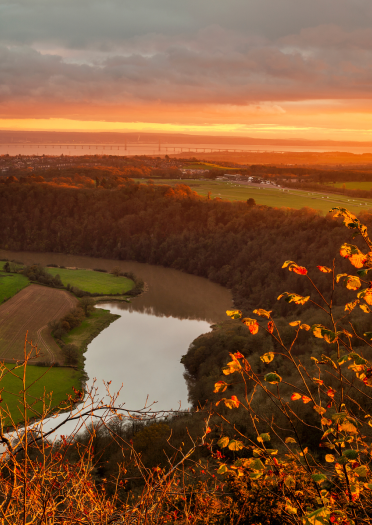
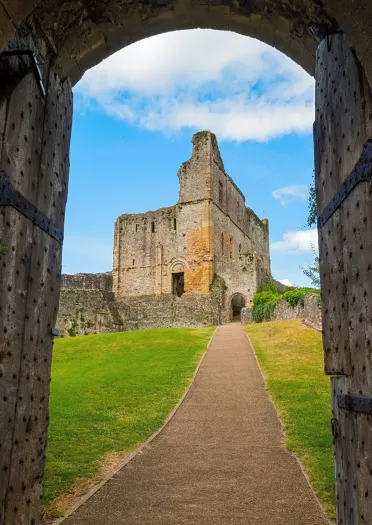
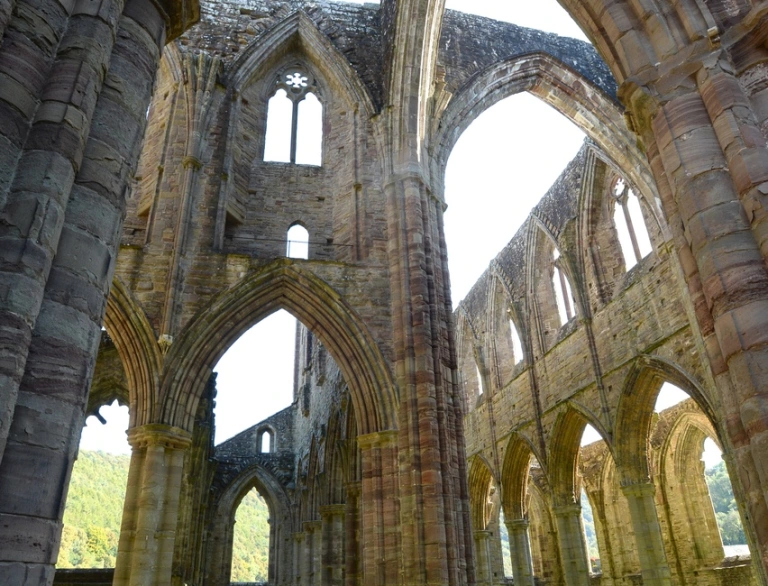
2. Caerphilly Castle
Caerphilly Castle is the biggest castle in Wales and the second largest in Britain. There are state-of-the-art digital exhibits, and a refurbished Great Hall and inner castle ward. The castle is surrounded by a moat, with gatehouses and wards, plus there is a recreated fighting platform and replica medieval siege machines. It also has a leaning tower that’s even wonkier than the one in Pisa.
Group visit information:
- coach parking is available in the Crescent Road car park, coaches can pick-up and drop-off by Castle Court Shopping Centre, next to the band stand on Castle Street;
- Travel Trade rates available - Cadw’s Tour Operator Scheme;
- gift shop;
- toilet facilities;
- time needed – 1hr 30min.
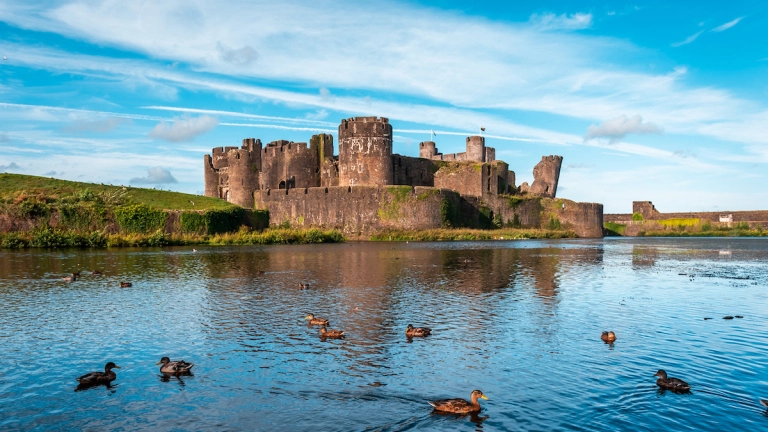
3. Cardiff Castle
Cardiff’s history is written in its three-in-one castle: Roman walls, Norman keep and a dazzling Victorian mansion that’s a legacy of when Cardiff was the world’s biggest coal-exporting port. The outer wall of Cardiff Castle is built on the foundations of a Roman fort, with the Roman brickwork still visible. Inside is the Norman 12th century keep, which can be climbed to give views of Cardiff. There are tours available of the furnished rooms, with the Victorian neo-gothic decoration favoured by the 3rd Marquess of Bute and his architect, William Burges. There is also a military museum showing the history of the Queen’s Dragoon Guards and a reconstructed WWII air raid shelter in the Roman style walls. House tours can be arranged in English, Welsh, French and Spanish and audio guides are also available in these languages plus German, Italian, Japanese, Russian, Mandarin Chinese and Portuguese.
Group visit information:
- coach parking in adjacent Cathays Park area;
- group rates available;
- gift shop;
- café;
- toilet facilities;
- time needed – 1hr 30min.
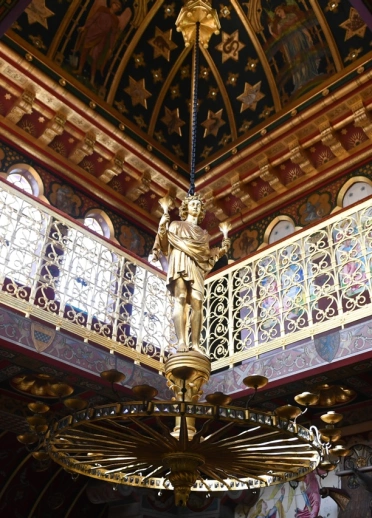
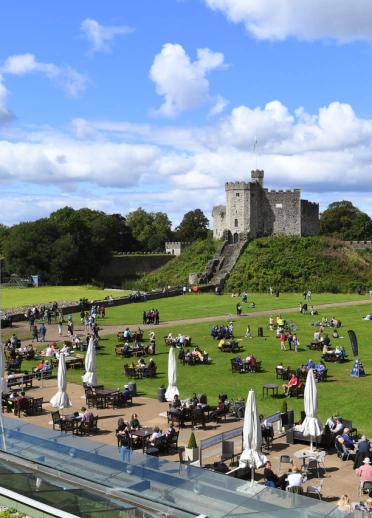
4. Wales Millennium Centre, Cardiff Bay
Once Cardiff’s commercial port area, the old docks are now a striking waterfront. A series of architectural gems line the shoreline of a 494 acre freshwater lake, including the Wales Millennium Centre building. This building reflects the importance of theatre and music to Wales’ national cultural identity through its design and construction materials. It is home to the Welsh National Opera and the BBC National Orchestra and Chorus of Wales as well as performances from ‘West End’ Musicals and touring productions.
There is a good choice of cafes and restaurants, as well as boat trips around the bay and transport to the city centre, including Cardiff Boat.
Group visit information:
- free coach parking is available at the Flourish, next to Craft in the Bay. Alternative coach parking is available at Pierhead Street / East Bute Street;
- group rates available;
- gift shop;
- bar and café;
- toilet facilities;
- time needed will vary depending on show.

5. Dyffryn Gardens, St Nicholas, near Cardiff
Dyffryn Gardens is a wonderful example of Edwardian garden design. Here the coal magnate John Cory commissioned a stunning collection of grand vistas, intimate garden rooms and a “world in miniature” glasshouse containing a tropical rain forest, dry desert and grape-filled vinery.
Group visit information:
- coach parking;
- group rates available;
- gift shop;
- café;
- toilet facilities;
- time needed – 2hr.
6. St Fagans National Museum of History
Few places define Welsh identity as profoundly as St Fagans National Museum of History, opened in 1948 in the grounds of a 16th century manor house. It's the very first national open-air museum in the UK. Since then more than 40 original Welsh buildings from different periods have been rebuilt piece by piece in the 100 acre park including houses, a farm, a school and a workmen’s institute, showing how Welsh people lived through past centuries. The recently added galleries describe Welsh life and display Welsh crafts.
Group visit information:
- coach parking;
- free entry, group visits should book in advance. Pre-booked groups benefit from 10 per cent off in the museum café, restaurant and shop on a minimum spend of £5 per person and complimentary refreshments for the coach driver;
- café;
- gift shop;
- toilet facilities;
- time needed – 2hr.
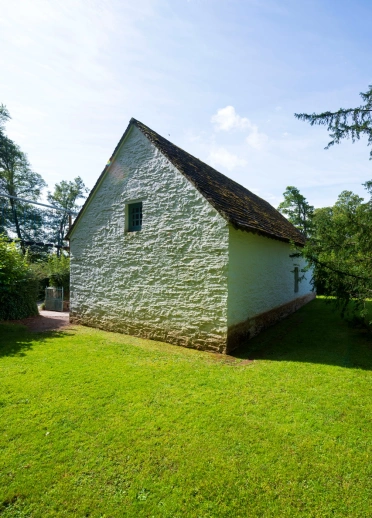
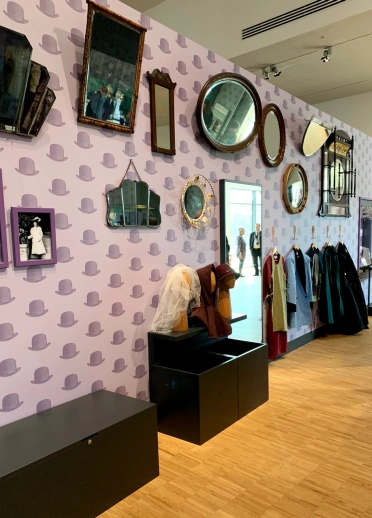
7. Blaenavon UNESCO World Heritage Site
UNESCO designated Blaenavon and the surrounding area as a World Heritage Site in 2000 because of the importance of South Wales as the world's major producer of iron and coal in the 19th century. All the key elements still exist today - coal and ore mines, quarries, a primitive railway system, furnaces, workers' homes, and the social infrastructure of their community. The components of the Blaenavon industrial landscape together make up an outstanding and remarkably complete example of a 19th century industrial landscape.
Big Pit National Coal Museum is for groups who crave a truly authentic experience. For the underground tour they’re handed a helmet, cap lamp, belt, battery and 'self rescuer' prior to the descent. The museum retains many features of its former life. But the tunnels and buildings that once echoed to the sound of miners are now full of the chatter of visitors from all over the world. It’s a living, breathing reminder of the coal industry in Wales and the people and society it created.
Group visit information:
- coach parking;
- free entry, although there is a small charge for a time slot for the underground tour on weekends and school holidays.
- group visits should book in advance. Pre-booked groups benefit from 10 per cent off in the museum café, restaurant and shop on a minimum spend of £5 per person and complimentary refreshments for the coach driver;
- café;
- gift shop;
- toilet facilities;
- time needed – 2hr.
Blaenavon Ironworks, once one of the largest ironworks in the world and now is the best preserved blast furnace complex of its period and type. Through exhibitions and re-constructions visitors can trace the process of iron production and learn about the history and significance of the ironworks. Visitors can also see how people worked and lived in the nearby workman’s cottages of Stack Square which were built between 1789 and 1792 for the workers and their families.
Group visit information:
- coach parking;
- Travel Trade rates available;
- light refreshments;
- gift shop;
- toilet facilities;
- time needed – 1hr.
Blaenavon World Heritage Centre is the UK's first dedicated World Heritage Centre which opened in March 2008. The visitor centre tells the story of how Blaenavon helped to change the world during the Industrial Revolution and the international importance of World Heritage status. Staff at the centre can offer educational packages and guided tours of the area on request.
Group visit information:
- dedicated coach drop-off and parking opposite;
- free entry - charge for guided tours, workshops;
- small gift shop;
- café;
- toilet facilities;
- time needed – 45min, allow extra time if doing any tours of the area or workshops.
Blaenavon Heritage Railway runs for approximately 3 miles (4.8 km) through the Blaenavon World Heritage site on the edge of Bannau Brycheiniog (Brecon Beacons) National Park. They operate steam and heritage diesel services on weekends and bank holidays between April and October. They offer a calendar of special events, a Heritage Railway Experience, hire of train carriage and are flexible so can cater for your needs on request. The railway is perfect for exploring the UNESCO heritage site with its four stations allowing your clients to alight and visit other attractions. They can relax and enjoy the scenery on the restored carriages, including the vintage train on selected days. Special rates and a range of catering options including cream teas are available for groups.
Group visit information:
- free large coach and car park;
- discounted group rates;
- free entry for coach driver;
- tea room;
- gift shop;
- toilet facilities;
- time needed – 1hr - 2hr
- bespoke services available for shorter journeys.
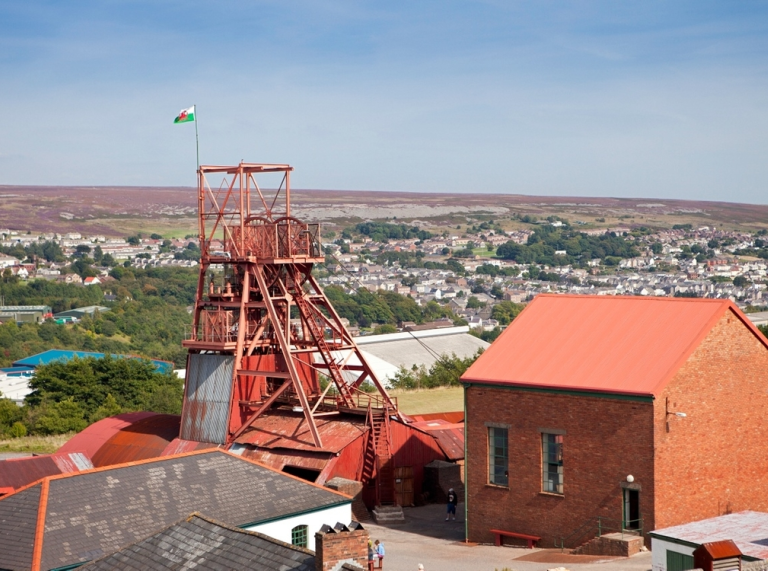
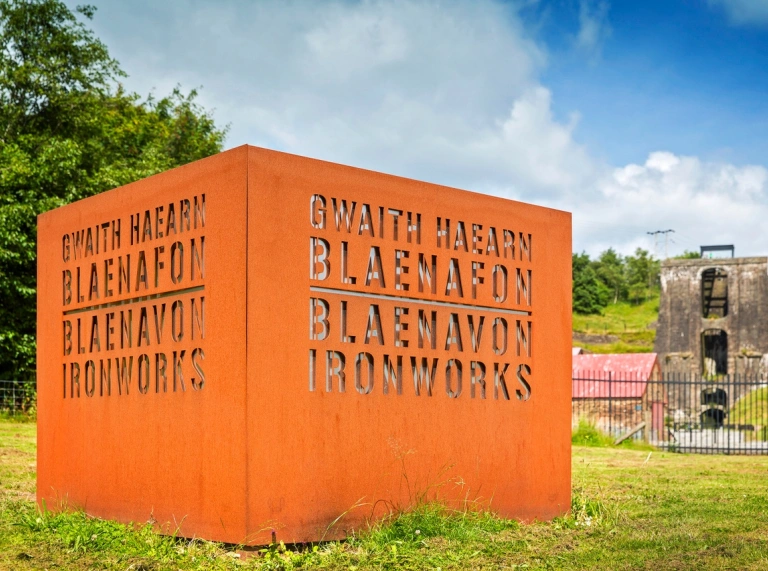
8. Coin, Coal and Cheers
A package which provides an action-packed day out for tour planners combining three major attractions in the Vale.
The Royal Mint Experience is the only place in the world where you can go behind the scenes to see the United Kingdom’s coins being made. The 45min Guide Factory Experience is followed by an interactive exhibition and your clients can even strike their own £1 coins, hot off the press. They offer a range of packages in partnership with other attractions in the area such as 'Mint & Mine', 'Coin Coal & Cheers', 'Mint & Malt' and off the shelf days out that offer the Travel Trade a one call book all option. They also have a range of exclusive Travel Trade packages at The Royal Mint Experience, starting with a Trade/FIT rate of just £10 per person, a significant saving on their general admission rate. A popular package is their 'Tour & Lunch', which includes a behind the scene tour, exhibition entrance, lunch from their dedicated menu, 10 per cent discount voucher for the gift shop and a complimentary gift. Tailor-made and VIP tours are available for groups of up to 8 people.
Group visit information:
- coach parking;
- discounted group rates;
- gift shop;
- café;
- toilet facilities;
- time needed – 1hr 30min.
Clients will listen to tales of how Rhondda coal powered the world at A Welsh Coal Mining Experience at Rhondda Heritage Park Museum. Then journey deep underground to experience life on the coalface.
Group visit information:
- coach parking;
- discounted group and FIT rates;
- free admission and refreshments for coach and group leaders;
- Black Gold Experience group tours;
- exhibition galleries
- art and craft store on site;
- food and drink at Caffe Bracchi;
- time needed - 2hr 30min.
Clients will sample some award-winning spirits at Hensol Castle Distillery and find out all about the history of gin which is housed in the cellars of 17th century Hensol Castle.
Group visit information:
- coach parking and a drop off bay outside the entrance;
- discounted group rates;
- group activities and experiences, bespoke packages;
- gift shop;
- food and drink available at nearby Vale Resort;
- time needed - depending on activity.
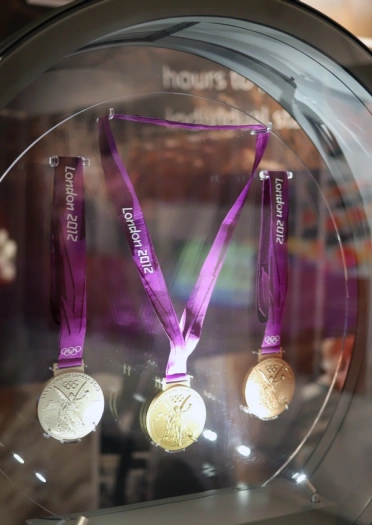
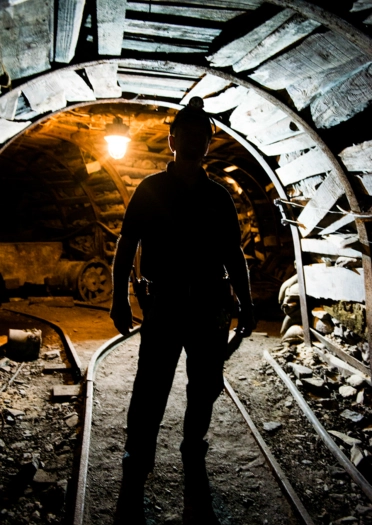
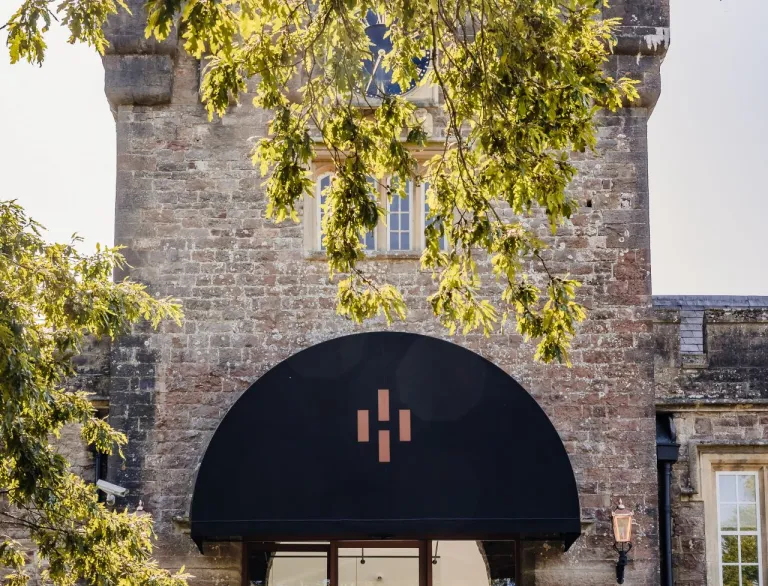
9. Caerleon
The site of the Roman legionary fort of Isca, with the best-preserved Roman amphitheatre in Britain is in Caerleon. There are the foundations of legionary barracks, bread ovens, cooking locations and communal toilets.
The Caerleon Roman Fortress and Baths, part of the basilica and baths complex is in a modern building in the town centre, with interpretation panels and replica artefacts describing daily life.
Group visit information:
- coach parking available at Broadway;
- Travel Trade rates available - Cadw’s Tour Operator Scheme;
- gift shop;
- light refreshments;
- toilet facilities;
- time needed – 30min.
Nearby, the National Roman Legion Museum lies inside the ruins of a fortress built nearly 2,000 years ago and has many displays and archaeological finds again describing life and death, military and civil, in Roman Isca.
Group visit information:
- coach parking available at Broadway;
- free entry, group visits should book in advance;
- gift shop;
- toilet facilities;
- time needed – 1hr.
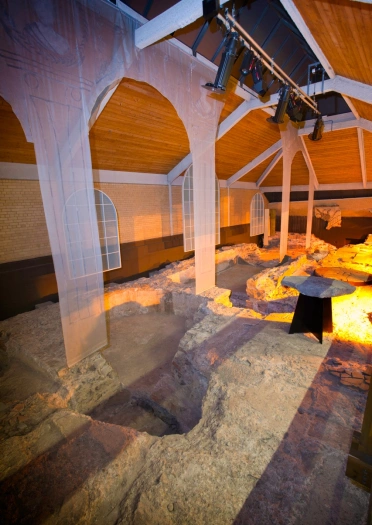
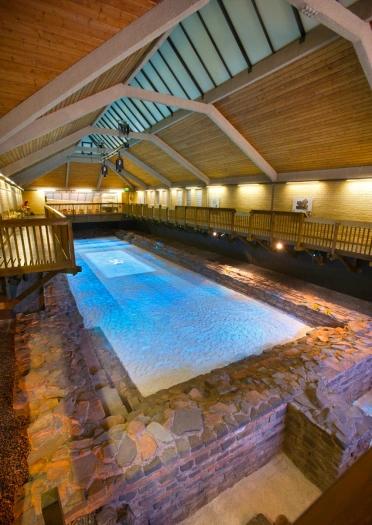
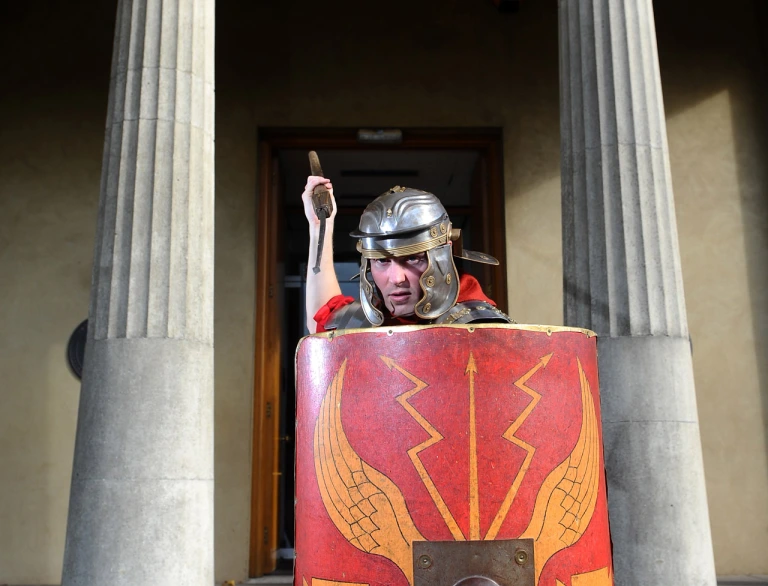
10. Tredegar House, Newport
Tredegar House is one of the architectural wonders of Wales and one of the most significant late 17th century houses in the whole of the British Isles. For centuries it was home to one of the greatest Welsh families, the Morgans, later Lords Tredegar and now is a National Trust property. Groups can hear all about the dark arts, riotous parties, war heroism, crocodiles and crucifixes that meant Tredegar House was never an ordinary household. The house is set up to show the daily life of the owners and servants. Portraits and pictures of family members hang on the walls. The surrounding gardens, parkland and lake offer a variety of walks.
Group visit information:
- coach parking;
- group rates available;
- gift shop;
- tea room;
- toilet facilities;
- time needed – 2hr.
